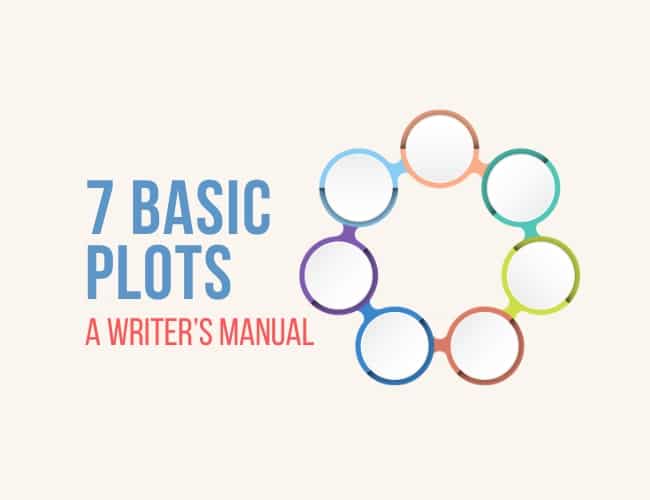
by Sue Weems |
Ever wonder why some stories feel so familiar? It’s because most of them follow a similar structure or plot pattern. Christopher Booker’s The Seven Basic Plots is an analysis of stories based on Jungian psychology. Can one of his 7 basic plots help you write your next book?

by Joslyn Chase |
Everyone loves a good underdog story. In some ways, we can all relate to the downtrodden character who rises against insurmountable odds. And the requisite feel-good ending is as sweet and satisfying as a warm cup of cocoa at the end of a cold and bitter day.
The underdog plot is a sure-fire recipe for a story readers can care about, invest in, and cheer on towards a rewarding conclusion. Plus, it can be a lot of fun to write. Read on to learn more about how to craft an underdog story that will ring your reader’s happy bell.
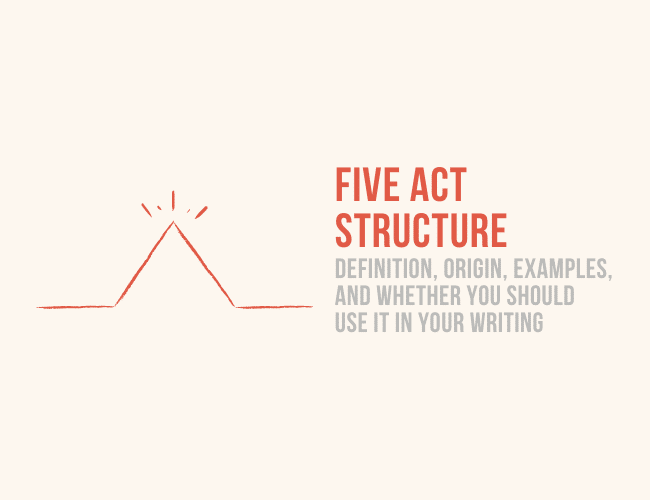
by Joe Bunting |
Five act structure is a method of structuring a story that has existed for centuries. But does it work? And more importantly, will it work for your story?
In this article, we will learn the definition of the five act structure, explore its origins, look at popular examples, and talk about whether it’s actually useful as a story structure framework for readers and writers.
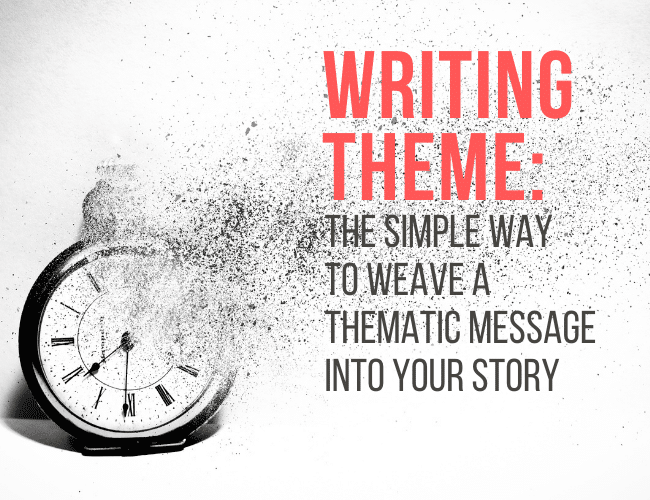
by J. D. Edwin |
Does the concept of “theme” confuse you? Do you have trouble writing a theme, or weaving a theme into your story?
If you said yes, you’re not alone. Lots of writers struggle to identify a theme in their book—and many don’t even know what thematic message the are communicating through their story until a second or later draft.
The good news is, there are writing tips you can use when weaving a thematic message (or two) into your story.
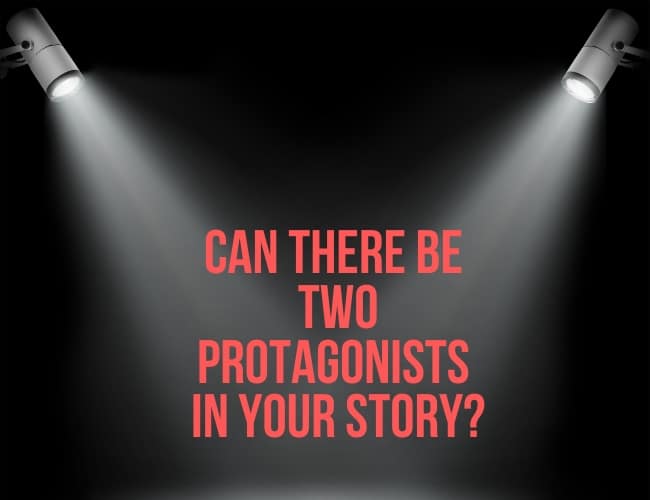
by Abigail Perry |
We’ve seen movies and read books. We know the protagonist when we see her. However, as I mentor and edit authors, I’ve had more and more writers ask me the big question: “Can you have multiple main characters in a story?”
Yes, you can. But should you?
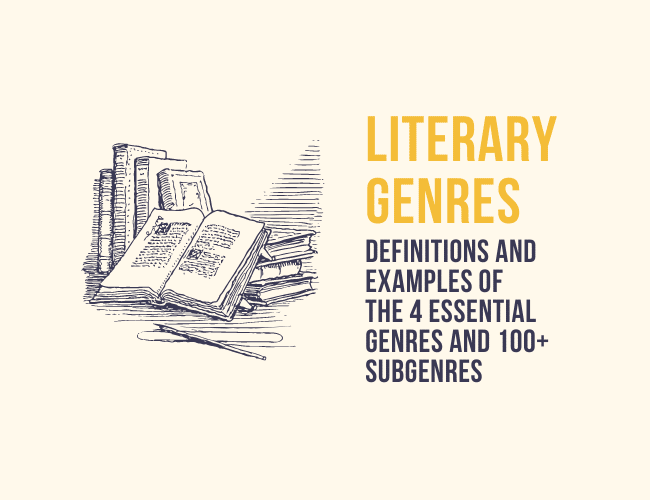
by Joe Bunting |
Genre matters, and by understanding how genre works, you not only can find more things you want to read, you can also better understand what the writer (or publisher) is trying to do.





